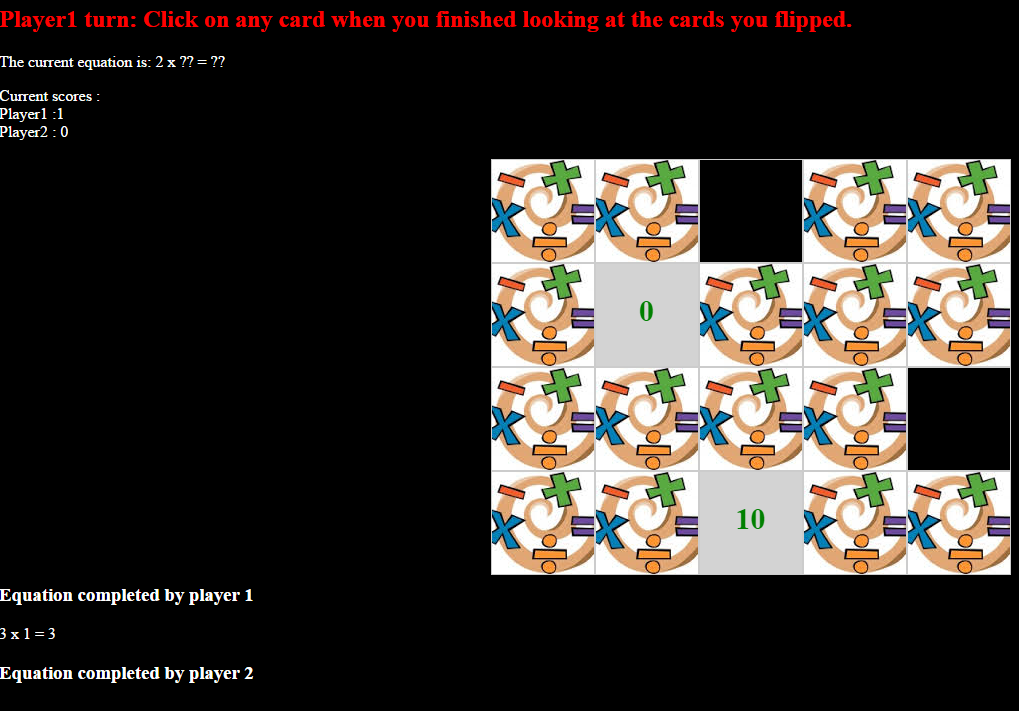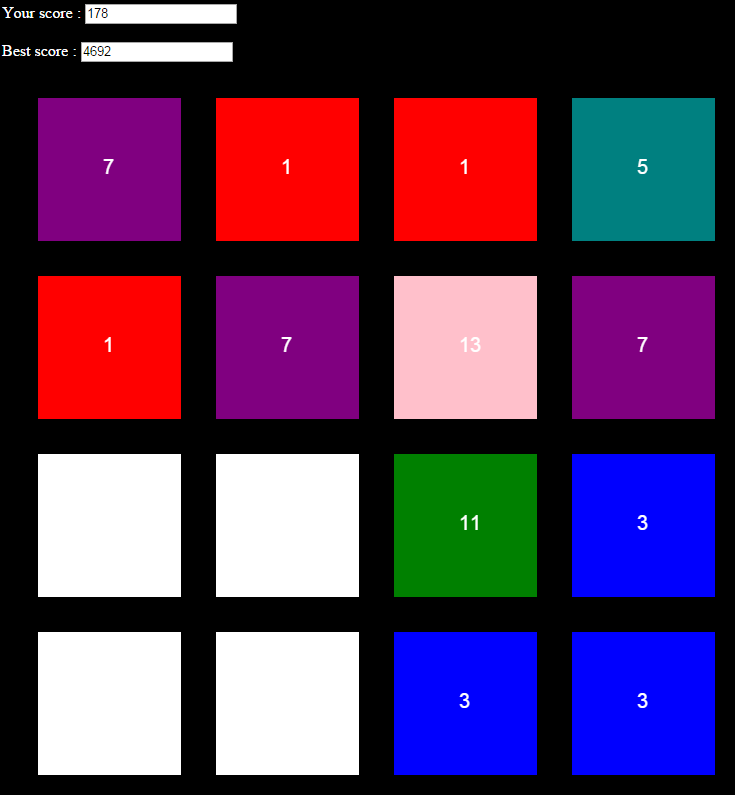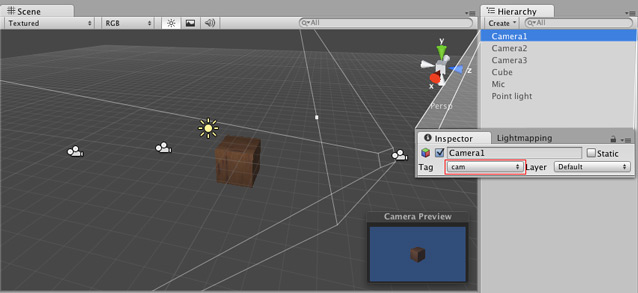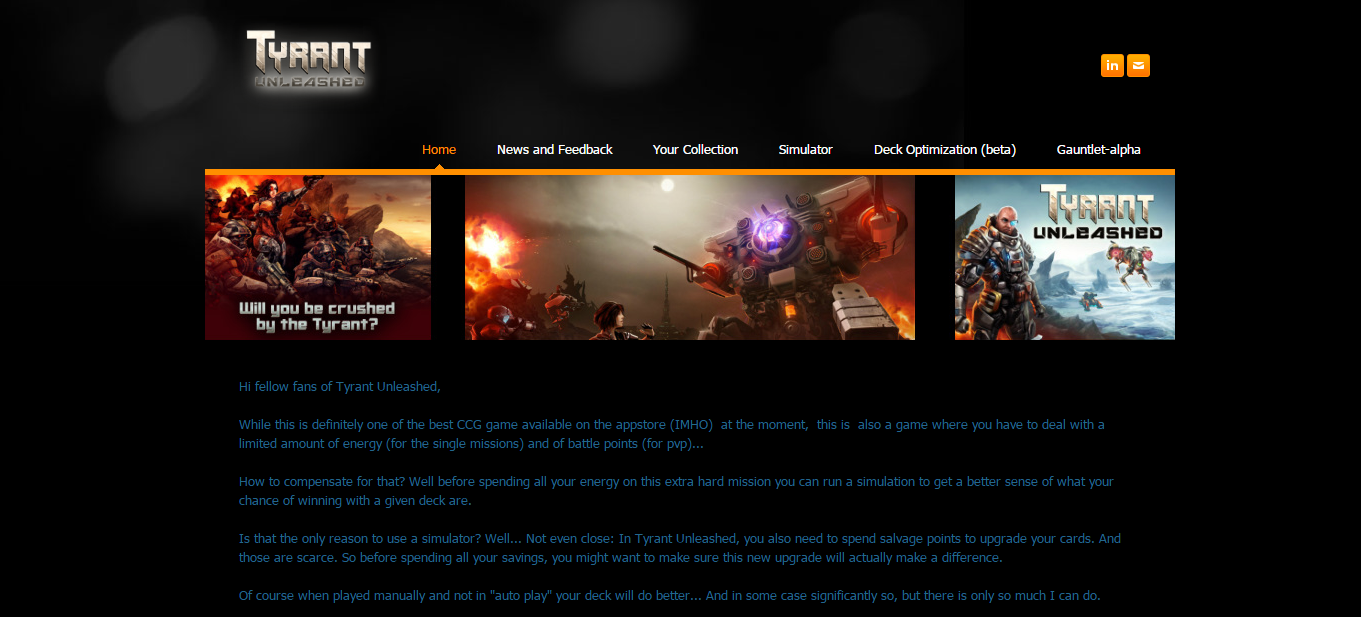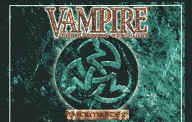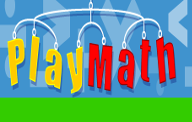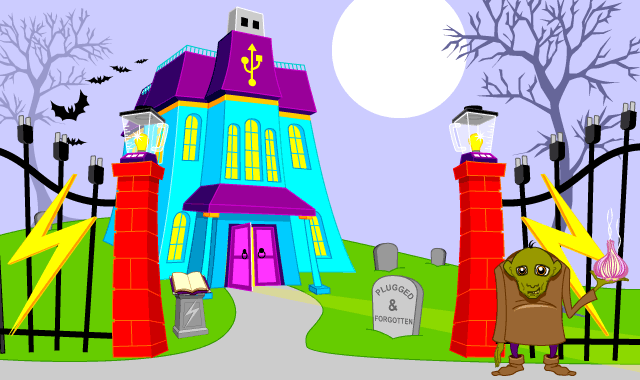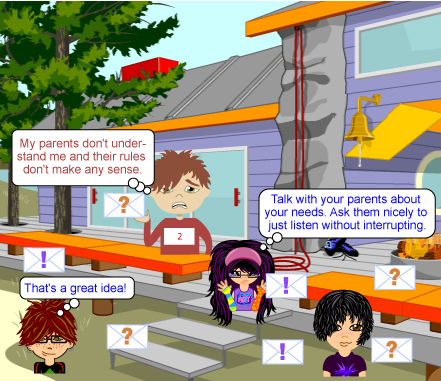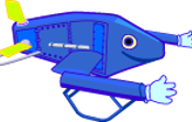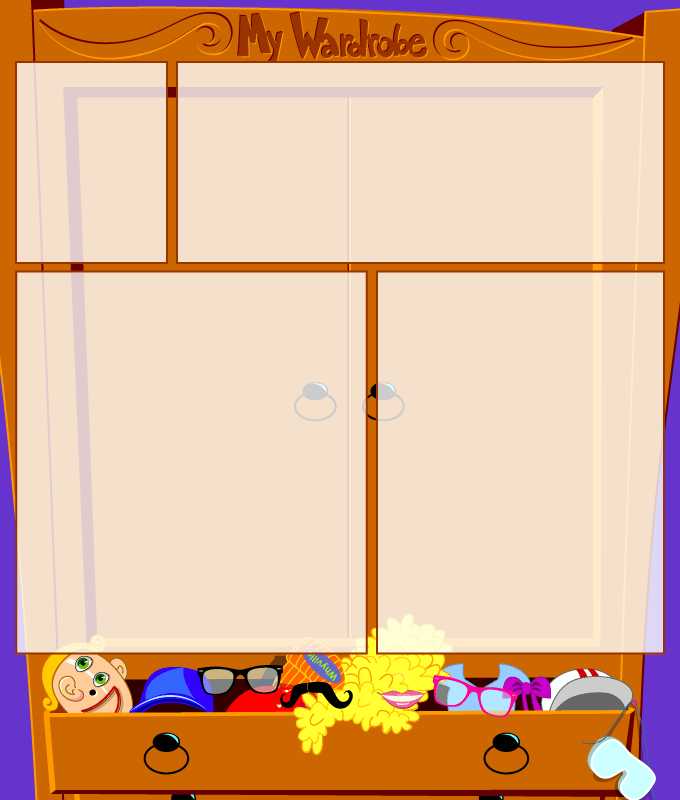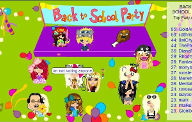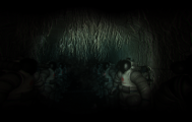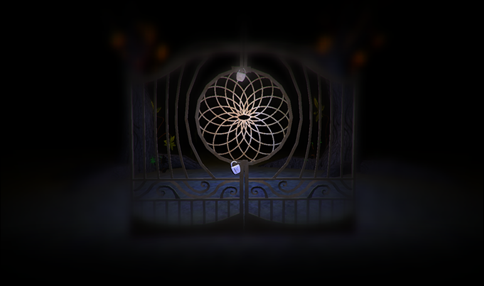Summary:
Survival, horror at the sunless depths of the Pacific Ocean. Stranded on the seafloor with low light and few tools, an industrial diver takes desperate steps to surface before his oxygen — and sanity — give out.
The project is ongoing and to be released (on Steam)in spring 2016. I was involved in a 6 month pre-production phase that took place in 2011-2012 at the prestigious French videogame school ENJMIN.
Difficulties:
During the preproduction the team was built of students, and of the 2 graphic artists, only one was proficient in 3D animations which the game relied heavily on.
Moreover, the animations of crowds (fishes in this case) and of enemies couldn't rely on traditional AI techniques given that they had 6 degrees of freedom, instead of the usual 3.
Solutions:
We focused our 2D artist on building an artbook and taking care of all the printed materials that would be needed.
We also allocated part of our budget to buy a library of underwater assets.
To solve the AI issue, we offered the middleware company SPIROPS a partnership in which we tested their AI tools and provided a list of needs to improve them.
Praises:
The Current Product:
Awards:
"SXSW Gamer's Voice Nominee" Austin,TX - 2015
"Nominee (Console/PC Hardcore)" Game Connection Development Awards - 2014
"Honorable Mention (Student Competition)" IGF (SF, USA) - 2013
In the Press:
"More than the typical "survival horror" genre this is "survival," with some psychological horror woven in, most directly through narration as you are treated the to inner monologue of a man in serious trouble."
-Steven Hansen, Destructoid
"It’s a fascinating project so far ... and the tension it generates is impressive."
-Philippa Warr, Rock Paper Shotgun
"The developers call it a walking coffin and after a few minutes of play time using the Oculus Rift I understand why."
-Brian Crecente, Polygon
"...c'est une belle surprise immersive que nous livre le studio Honor Code."
Indius
"The Oculus Rift is no stranger to horror games, but Narcosis is the best-looking of its breed I’ve played."
-Tim Turi, Game Informer
"Drowning in 3D can be fun! The horror of Narcosis is amplified by the Oculus Rift."
-Ian Hinck, Game Trailers
"Honor Code wants an immersive experience, one that will bring very real world fears to life."
-Ozzie Mejia, Shacknews
"There’s no need to invent the horrors that lie under the ocean, in fact. What’s there in real life is intense enough, as Narcosis shows"
EGMNow
"This is every nightmare you ever had while watching The Abyss, but you're inside the game itself."
-Ben Kuchera, Polygon
"They told me the demo wasn't too scary, but I just about panicked anyway."
-Miranda Sanchez, IGN
"I expected a big jump scare, but Honor Code's more subtle route really impressed me and helped sustain the tension moving forward."
-Tim Turi, Game Informer
"It’s a new take on horror, and one that completely immerses you in an experience that was designed to make the most of early VR technology."
-John Gaudiosi, Fortune
"The grim narration ultimately enhances the game’s atmosphere with creepy descriptions and unnerving foreshadowing."
-Geoff Thew, Hardcore Gamer
